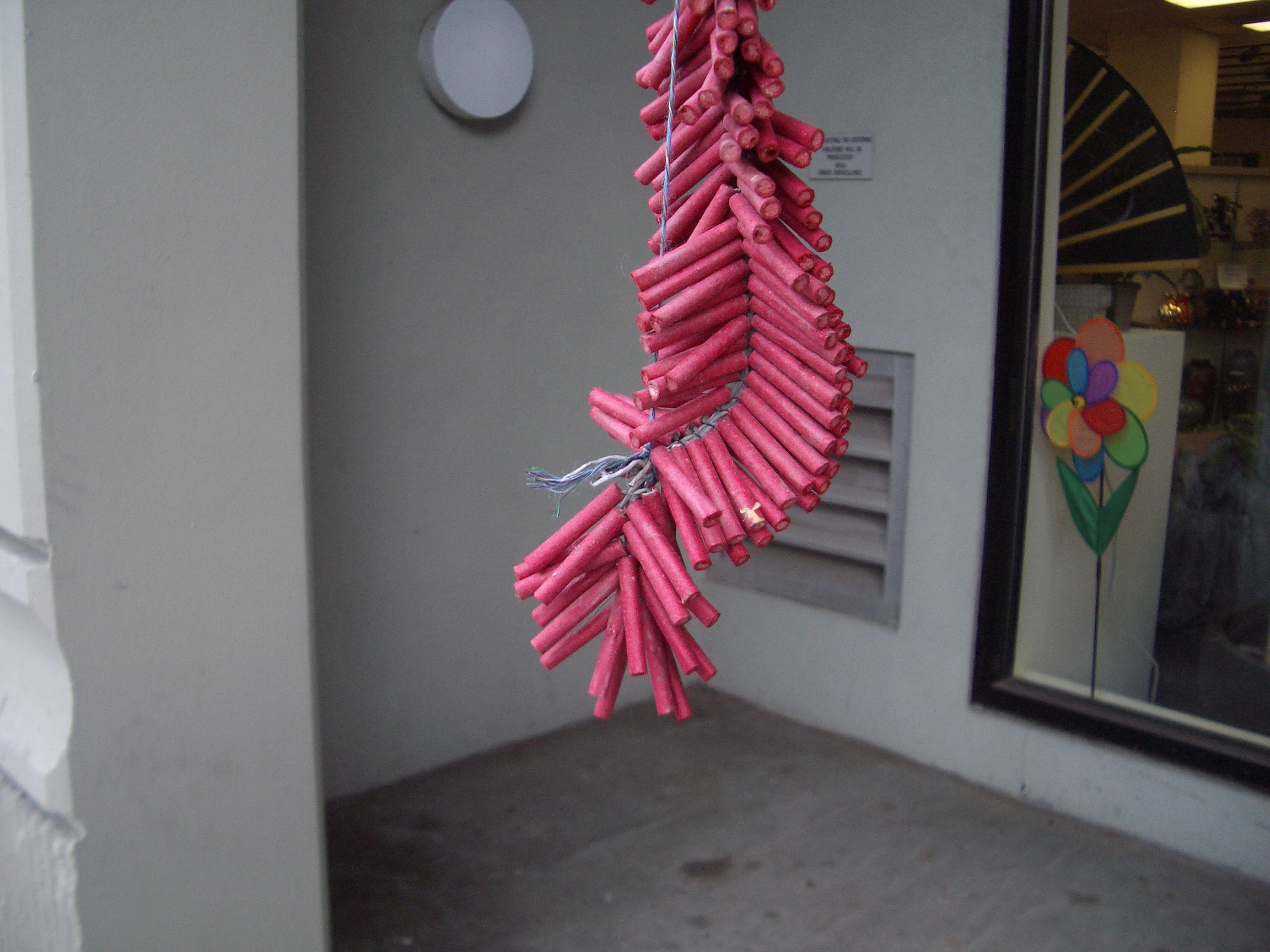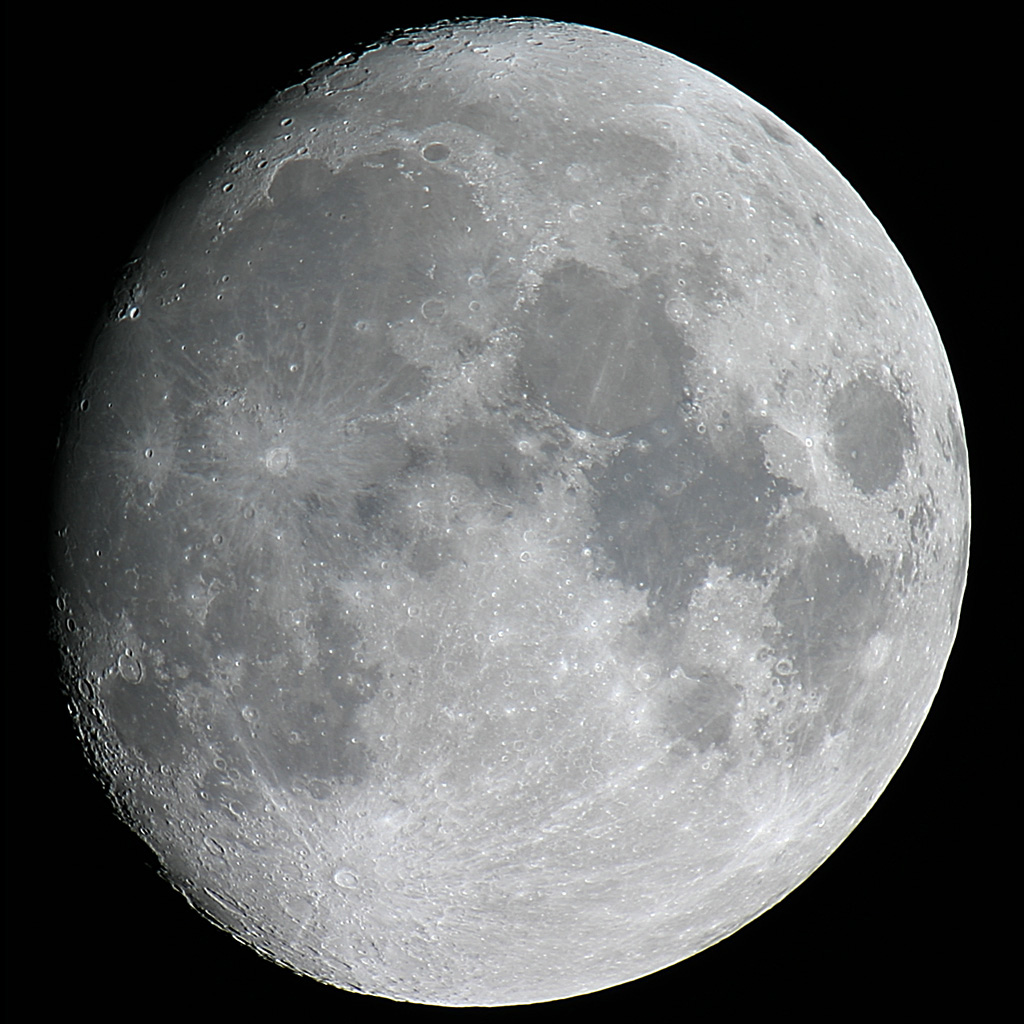|
Lunar New Year's Eve
Chinese New Year's Eve (Lunar New Year's Eve) is the day before the Chinese New Year (Lunar New Year). Celebrating Chinese (Lunar) New Year’s Eve has always been a family matter in Asia, it is the reunion day for every Asian family. It has evolved over a long period of time. The origin of Asian Lunar New Year’s Eve can be traced back to 3500 years ago. History Chinese New Year's Eve originated in the Shang Dynasty (1600 – 1046 BC), when Chinese held sacrificial ceremonies in honour of gods and ancestors at the end of each year. Then in the Zhou Dynasty (1046 – 256 BC), the phrase “Nian (Year)”appeared and certain cultural practices became popular among Chinese such as sending door god, burning bamboo. The first dated Chinese New Year's Eve was recorded during Warring States period (475 BC – 221 AD). In '' Lüshi Chunqiu'', an exorcistic ritual called "Big Nuo" (大傩) was recorded being carried out in the ending day of a year to expel illness in Qin (state). It w ... [...More Info...] [...Related Items...] OR: [Wikipedia] [Google] [Baidu] |
China
China, officially the People's Republic of China (PRC), is a country in East Asia. It is the world's most populous country, with a population exceeding 1.4 billion, slightly ahead of India. China spans the equivalent of five time zones and borders fourteen countries by land, the most of any country in the world, tied with Russia. Covering an area of approximately , it is the world's third largest country by total land area. The country consists of 22 provinces, five autonomous regions, four municipalities, and two Special Administrative Regions (Hong Kong and Macau). The national capital is Beijing, and the most populous city and financial center is Shanghai. Modern Chinese trace their origins to a cradle of civilization in the fertile basin of the Yellow River in the North China Plain. The semi-legendary Xia dynasty in the 21st century BCE and the well-attested Shang and Zhou dynasties developed a bureaucratic political system to serve hereditary monarchies, or dyna ... [...More Info...] [...Related Items...] OR: [Wikipedia] [Google] [Baidu] |
Zhou Chu
Zhou Chu (; 236?–297), courtesy name Ziyin (), was a Western Jin-era Chinese general. He was the son of Zhou Fang, a famous Eastern Wu general. Zhou Chu had a reputation for uprightness and integrity and once indicted the Prince of Liang, Sima Rong (). When the Di tribe invaded from the northwest, Zhou Chu was ordered by Sima Rong to fight the 20,000-strong enemy head-on with 5,000 soldiers and no supply. He died in the battles. Zhou Chu is depicted in the Wu Shuang Pu (無雙譜, Table of Peerless Heroes) by Jin Guliang. Eradicating the Three Scourges A folk story about Zhou Chu appeared in the 430 book ''A New Account of the Tales of the World'' and proved to be very popular. The story claims that Zhou Chu was such a cruel and violent ruffian in his younger days that he was called one of the "Three Scourges" by the villagers in his native (present-day city of Yixing, Jiangsu), along with a tiger and a dragon. Prompted by a villager, Zhou Chu took on the challenge to see ... [...More Info...] [...Related Items...] OR: [Wikipedia] [Google] [Baidu] |
Lunar Observation
The Moon is the largest natural satellite of and the closest major astronomical object to Earth. The Moon may be observed by using a variety of optical instruments, ranging from the naked eye to large telescopes. The Moon is the only celestial body upon which surface features can be discerned with the unaided eyes of most people. Optimal viewing times Contrary to popular belief, the Moon should ideally not be viewed at its full phase. During a full moon, rays of sunlight are hitting the visible portion of the Moon perpendicular to the surface. As a result, there is less surface detail visible during a full moon than during other phases (such as the quarter and crescent phases) when sunlight hits the Moon at a much shallower angle. The brightness of a full moon as compared to a phase where a smaller percentage of the surface is illuminated tends to wash out substantial amounts of detail and can actually leave an afterimage on an observer's eye that can persist for several minute ... [...More Info...] [...Related Items...] OR: [Wikipedia] [Google] [Baidu] |
Festivals In Vietnam
The following is an incomplete list of festivals in Asia, with links to separate lists by country and region where applicable. This list includes festivals of diverse types, including regional festivals, commerce festivals, film festivals, folk festivals, carnivals, recurring festivals on holidays, and music festivals. Music festivals are annotated "(music)" for countries where there is not a dedicated music section. This list has overlap with List of film festivals in Asia. Sovereign states Afghanistan *Nowruz in Afghanistan *Baloch-Pakhtun Unity Day Armenia * Dolma Festival in Armenia (cultural heritage, gastronomy) * Golden Apricot Yerevan International Film Festival (film) * MetalFront Fest (music) * Pan-Armenian Games (sports) * ReAnimania International Animation Film & Comics Art Festival of Yerevan * Yerevan International Film Festival (film) Azerbaijan * Baku International Film Festival East-West (film) *Baku International Tourism Film Festival (film) *Chaha ... [...More Info...] [...Related Items...] OR: [Wikipedia] [Google] [Baidu] |
Festivals In Korea
A festival is an event ordinarily celebrated by a community and centering on some characteristic aspect or aspects of that community and its religion or cultures. It is often marked as a local or national holiday, mela, or eid. A festival constitutes typical cases of glocalization, as well as the high culture-low culture interrelationship. Next to religion and folklore, a significant origin is agricultural. Food is such a vital resource that many festivals are associated with harvest time. Religious commemoration and thanksgiving for good harvests are blended in events that take place in autumn, such as Halloween in the northern hemisphere and Easter in the southern. Festivals often serve to fulfill specific communal purposes, especially in regard to commemoration or thanking to the gods, goddesses or saints: they are called patronal festivals. They may also provide entertainment, which was particularly important to local communities before the advent of mass-produced entert ... [...More Info...] [...Related Items...] OR: [Wikipedia] [Google] [Baidu] |
Tagalog Language
Tagalog (, ; ; '' Baybayin'': ) is an Austronesian language spoken as a first language by the ethnic Tagalog people, who make up a quarter of the population of the Philippines, and as a second language by the majority. Its standardized form, officially named ''Filipino'', is the national language of the Philippines, and is one of two official languages, alongside English. Tagalog is closely related to other Philippine languages, such as the Bikol languages, Ilocano, the Bisayan languages, Kapampangan, and Pangasinan, and more distantly to other Austronesian languages, such as the Formosan languages of Taiwan, Indonesian, Malay, Hawaiian, Māori, and Malagasy. Classification Tagalog is a Central Philippine language within the Austronesian language family. Being Malayo-Polynesian, it is related to other Austronesian languages, such as Malagasy, Javanese, Indonesian, Malay, Tetum (of Timor), and Yami (of Taiwan). It is closely related to the languages spoken in the Bi ... [...More Info...] [...Related Items...] OR: [Wikipedia] [Google] [Baidu] |
Chengdu Dumplings, Saveurs De Chengdu, Paris 002
Chengdu (, ; simplified Chinese: 成都; pinyin: ''Chéngdū''; Sichuanese pronunciation: , Standard Chinese pronunciation: ), alternatively romanized as Chengtu, is a sub-provincial city which serves as the capital of the Chinese province of Sichuan. With a population of 20,937,757 inhabitants during the 2020 Chinese census, it is the fourth most populous city in China, and it is the only city apart from the four direct-administered municipalities with a population of over 20 million (the other three are Chongqing, Shanghai and Beijing). It is traditionally the hub in Southwest China. Chengdu is located in central Sichuan. The surrounding Chengdu Plain is known as the "Country of Heaven" () and the "Land of Abundance". Its prehistoric settlers included the Sanxingdui culture. The site of Dujiangyan, an ancient irrigation system, is designated as a World Heritage Site. The Jin River flows through the city. Chengdu's culture largely reflects that of its province, Sichuan; ... [...More Info...] [...Related Items...] OR: [Wikipedia] [Google] [Baidu] |
Chinese Vegetable Spring Roll
Chinese can refer to: * Something related to China * Chinese people, people of Chinese nationality, citizenship, and/or ethnicity **''Zhonghua minzu'', the supra-ethnic concept of the Chinese nation ** List of ethnic groups in China, people of various ethnicities in contemporary China ** Han Chinese, the largest ethnic group in the world and the majority ethnic group in Mainland China, Hong Kong, Macau, Taiwan, and Singapore ** Ethnic minorities in China, people of non-Han Chinese ethnicities in modern China ** Ethnic groups in Chinese history, people of various ethnicities in historical China ** Nationals of the People's Republic of China ** Nationals of the Republic of China ** Overseas Chinese, Chinese people residing outside the territories of Mainland China, Hong Kong, Macau, and Taiwan * Sinitic languages, the major branch of the Sino-Tibetan language family ** Chinese language, a group of related languages spoken predominantly in China, sharing a written script (Chinese c ... [...More Info...] [...Related Items...] OR: [Wikipedia] [Google] [Baidu] |





